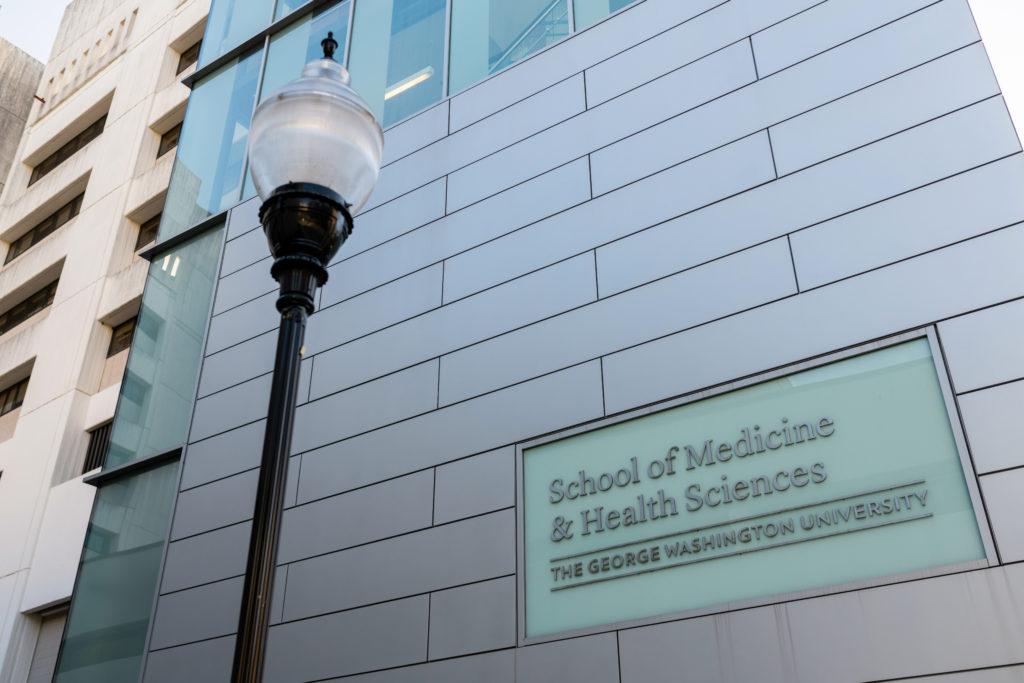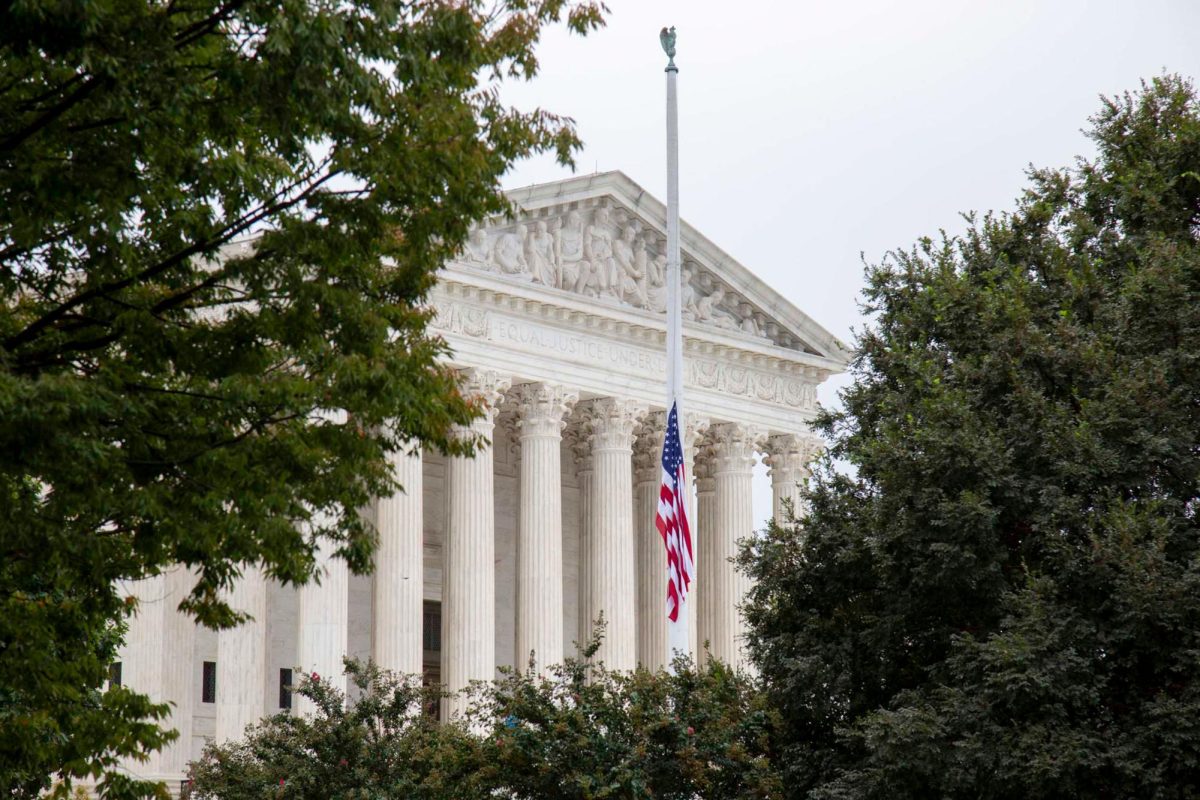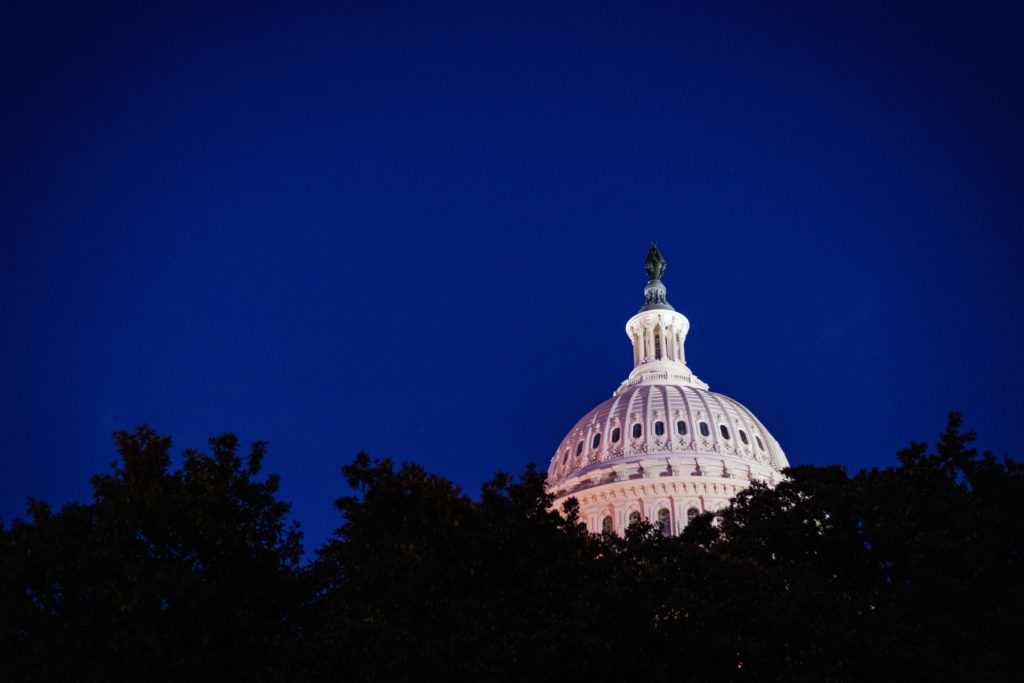Medical faculty are keeping a distance from other researchers, increasing handwashing and recording contact tracing information to prevent the spread of COVID-19 in lab space.
Officials opened up some labs in campus buildings like the Science and Engineering Hall for limited use over the summer and plan to gradually reopen lab space if COVID-19 cases decrease. Professors who have used the labs to teach and conduct research said most of their work is now done in a hybrid model, but wearing masks and conducting work virtually has hindered their ability to effectively communicate with their students and colleagues.
Officials announced in June that certain lab space was available for faculty use at 25 percent capacity with personal protective equipment and social distancing guidelines in place. Officials said at the time that they would prioritize granting research space to graduate and postdoctoral students who were close to completing their degrees.
“The initial guidelines were developed in close consultation with University leadership, research deans and partners throughout the research ecosystem,” the June release states. “Feedback from the GW community will further inform the planning process and subsequent reopening phases.”
Marcia Firmani, the chair of the biomedical laboratory sciences department in the School of Medicine and Health Sciences, said the lab courses taught at the Virginia Science and Technology Campus during the summer were split into virtual and in-person sessions. She said the department already offers many online programs, which lessened the impact that the University’s transition to remote operations had on the department.
“Teaching a lab course online is challenging since students cannot perform all of the hands-on techniques as they normally would in an in-person lab course,” Firmani said in an email. “To provide students with as similar an experience as they would have had in the lab as we could in an online format, we modified our courses with videos and virtual simulations.”
She said lab research was halted in the spring semester due to COVID-19, and she currently is working on a research project with a graduate student and was able to get approval from the Institutional Review Board to use the space.
Firmani said students are not permitted to enter the lab space if they have any symptoms of COVID-19, are required to wear masks and must maintain distance using stickers, which are placed on the floor to indicate how to safely move around the lab.
She added that wearing a mask to classes can be uncomfortable for some students and can make communication more difficult than normal, but overall her ability to teach and conduct research has not been impacted.
“We have not had any issues with conducting research and teaching students in the labs and are thrilled that we have been able to get back to the labs effectively and safely,” Firmani said.
Brett Shook, an assistant professor of biochemistry and molecular medicine in the medical school, said he has been able to intermittently use his lab space in Ross Hall while the University was shut down because he requested to be designated as an “essential” researcher, allowing two lab members to work in the lab at a time.
He said he uses the lab space to conduct research about the communication between immune cells and various tissue-resident cells, immune cells that occupy tissues without recirculation into the bloodstream, during wound healing. He said he has limited his lab use to only when he cannot conduct work virtually and has staggered shifts of people in the lab so fewer people are in contact at the same time.
Shook said communication between him and his colleagues has been slower while working remotely because he deals with complex topics that are best discussed face to face.
“Both rapid and clear communication is really a vital part to research as science relies on ideas and creativity, and it’s not something that is always very easily communicated,” he said.
He said the precautions in the lab, like wearing masks, maintaining distance and ensuring no one entering has symptoms of COVID-19, has made him feel “incredibly” safe conducting research in person. He added that people entering the lab will sign in each time for contact tracing if someone who used the lab had tested positive for COVID-19.
“To me it’s really clear that the SMHS leadership were very thoughtful in developing a prudent reopening plan,” he said. “One thing I’ve seen is that the leaders will adapt protocols to adjust to different institutional or local changes in policy, and also they’ve been doing a great job of incorporating and staying up with the latest scientific data that the clinicians are able to gather.”








